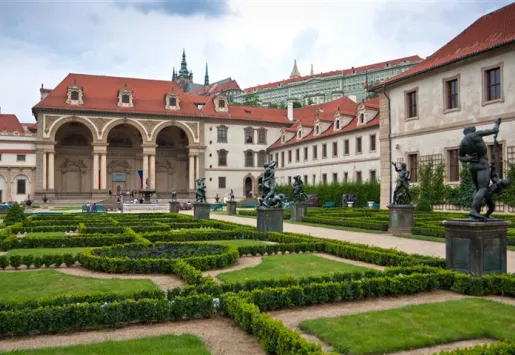
Every city has its face, attractions – and typical colors. Travelers who like exploring European cities usually find out that the given place is also influenced by the colors of its buildings. A researcher from the German city of Mainz, Markus Pretnar, wanted to know the details.
In May. Pretnar started his journey in Norway and travelled across various European cities in Finland, Estonia, Latvia, Lithuania, Belarus, Ukraine, Romania and Bulgaria and finally Greece.
“I divided 22 cities on the 26th longitude into twelve equal groups and took a flood of pictures,” says the professor of interior design and color theory. Pretnar travelled to significant places like station forecourts, places where Google Earth has its “pin”, pedestrian areas, new areas and attractions.
He took pictures of these places and then made a 360-degree panoramic photo and a color map. He focused on the most common colors and their proportional distribution. He concluded: “The most important aspect is that each city has a color identity of its own.”
According to him the expression of color does not stop at national level but often it is very much influenced by the linguistic culture of the European cities.
“Especially in Scandinavian countries and the Baltic region you can often find colors such as red, green or blue.” The further south you go, the brighter it is, he found out.
Cities in Germany also have their own color character. Anyone travelling to northern Germany frequently encounters buildings from red bricks. In Sauerland there are many houses made of black and white timber frame. In Frankfurt, Mainz and Würzburg there are many red buildings made from sandstone, while in the south many old towns are colorful. The color scheme is usually built historically, but the local authorities also have their impact on how it looks.
Hildesheim Professor, Markus Schlegel, talks about a “color master plan” to plan urban space in European cities strategically and sustainably.
“From the perspective of urban development, the colors play a significant role,” said Bernd Düsterdiek, Chief of Unit Urban Development at the German Federation of Municipal Authorities in Bonn. The local authorities pay attention to many things during urban planning. For example, the building must fit in the quarter, but also the external shape of the buildings has to be well planned.
The urban planning legislation also gives them the opportunity to influence the coloring. In addition to development plans, cities can adopt statutes for the design of the roof pitch, roofing materials, but also facade designs and coloring. “Therefore, for example in Saureland settlements, it is hard to imagine that a purple house “appears”,” says Düsterdiek.
Many historic old towns adopted separate statutes for the design and colors. “Major food chains in some historical town centers do not have their usual colorful billboards, but have to accept the town’s requirements. The reason for this is that the historical environment is not influenced by strikingly colorful ads,” says Düsterdiek.












